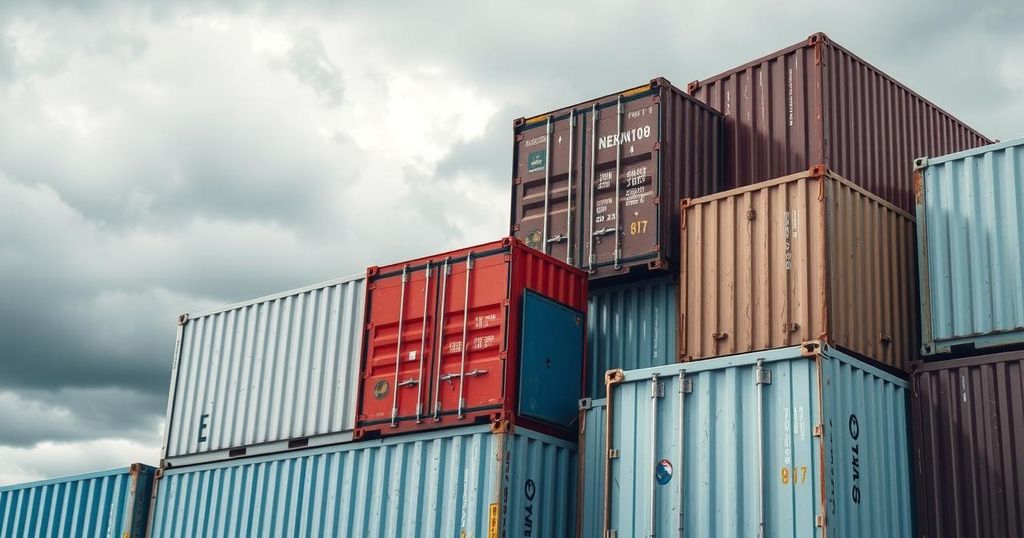Threatened tariffs on steel are causing U.S. prices to surge above imports, with benchmarks exceeding $900 per ton. Domestic steel makers are taking advantage of tariff uncertainties to raise prices significantly, despite stable demand. Meanwhile, Canadian and Mexican steel producers face pressures from the tariffs and limited options for diversifying their markets, largely depending on U.S. demand.
The impending steel tariffs proposed by President Donald Trump are already causing changes in the U.S. steel market, notably increasing prices of domestic steel above those of imports. The benchmark price for steel has surged to over $900 per ton, reflecting a nearly 25% increase this year due to the anticipated 25% levy on foreign steel, affecting U.S. buyers significantly.
According to Timna Tanners, an analyst at Wolfe Research, the rapid price hike is a result of mills exploiting the uncertainty surrounding the tariffs. “What we’re seeing so far happen is mills capitalize on the tariffs and uncertainty of tariffs…” she stated. This rise in costs is occurring despite stable demand for steel in the U.S., complicating the market dynamics.
Steel shipments continue to flow into the U.S. from various countries, including Egypt, Algeria, Malaysia, Brazil, and Vietnam. Despite an increase in imported steel, domestic demand remains low as high borrowing costs hinder investment in construction and manufacturing. Recent tariff announcements have strengthened the position of domestic steelmakers, allowing them to set higher prices.
Several Canadian and Mexican steel producers are now hesitant to accept new orders, putting pressure on companies like Algoma Steel Group Inc. According to Catherine Cobden, president of the Canadian Steel Producers Association, domestic producers face challenges in exploring alternative markets due to oversupply and cost considerations. “In a context of over-capacity… it’s very difficult to shift markets,” she remarked.
Canada’s steel output is predominantly sold to the U.S., which constitutes the majority of its export market. With U.S. steel consumption projected at approximately 93 million tons for 2023, Canadian producers must navigate their pricing and supply relationships carefully. Cobden emphasized the established ties between U.S. and Canadian steel suppliers, stating that both sides would need to address the impact of tariffs together.
The tariffs proposed by President Trump are drastically reshaping the U.S. steel market, resulting in increased prices for domestic steel and influencing the dynamics of international steel trade. Despite the anticipated tariffs, demand remains stagnant while prices continue to rise, causing challenges for steelmakers in both the U.S. and Canada. As stakeholders navigate these changes, the situation underscores the complexities of balancing supply, demand, and pricing in a globalized market.
Original Source: www.thestar.com.my




